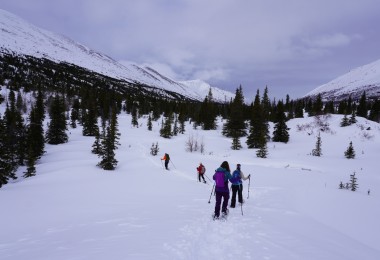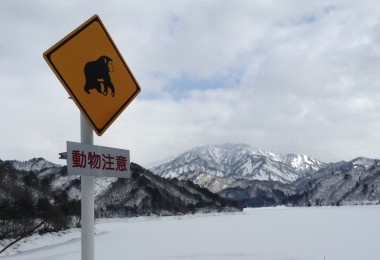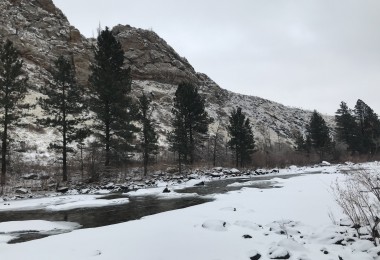A warm day in Memphis, not stuffy-hot as one expects on a summer afternoon. The intention, tour the National Civil Rights Museum and the coexistent site of Dr. Martin Luther King’s assassination at the Lorraine Motel.
A husband and wife traveled there to pay tribute. Though somewhat private with just a small weekday crowd, the personal journey to learn more about that day, by respecting the man who turned America’s head toward positive racial relations while burying inequality, seemed paramount.
From the “Green Guide,” African Americans found the Lorraine Motel to be one of the select few inns where they could register and stay. The place Martin Luther King frequented when in Memphis, carried an upscale reputation with good food, trained service, and banquet space to hold important social events.
What strikes one like a slap in the face: why did this happen here, such a decent area? No doubt upgraded with the museum, but still . . . . Then one remembers the shots that killed President John Kennedy: also fired from a building in a beautiful part of Dallas. Dr. King said of that tragedy, “I am shocked and grief-stricken at the tragic assassination of President Kennedy. His death is a great loss to America and the world.”
Unlike the expansive area of Dallas’ grassy knoll, Dr. King’s death came from a direct shot located so close to him, just across the street. That distance seems incredibly small when standing there. He stepped outside for what would be the last breath of fresh air. The shooter used his high-power weapon mounted with a scope to commit his killing, a rifle suitable for killing big game at long distances. Then, the bullet silenced the world’s leading orator and preacher for social justice.
The hurt of his death lingers in the air within the confines of the Lorraine parking lot. A wreath rests where his body collapsed. Martin Luther King’s speech from the night prior carried the theme, “There can be no joy in visiting here, only deep lessons on one’s personal commitment to equality, doing what is right-and-just in our own lives.”
Then we question with bewilderment how the oft-in-jail shooter managed to avoid incarceration.
1968 proved one of the most tumultuous years in the United States’ history; even more so if world and civil wars are excluded. The Vietnam War created its horrors, like the January Tet Offensive bringing home large death counts of American soldiers on the nightly news. Also, Dr. King’s death launched protests that lasted the year, adding momentum with student protests, Robert F. Kennedy’s assassination, the Chicago Democratic Convention, plus disarray over the Mexican Olympics and their government killings.
Upon exploring the “L” shaped motel, one completes a prayer to go back and change that day. The extended balcony, where Reverend King stood, directly faced the paved street, an easy target for a shooter. A side length of the motel balcony (the short extension in the letter “L”) butted up to the street at that time in a way blocking a view to those rooms. If his room key had been for that side versus Room 306, a suite for a different balcony of the motel, no clear shot would have been available.
That doesn’t change his death, his ability to create visions inspired by heavenly thoughts “Because I’ve been to the Mountaintop.” His lessons remain from that speech, where the inclusive “we” will attain the promised land of people respecting people. And on his annual birthday celebration on the third Monday in January, we again acknowledge the memory and lessons from Dr. Martin Luther King’s nonviolent activism; now, 2021, for the 53rd time.
For additional information about Martin Luther King and his activism, see the following resources:
The King Center
The King Institute
NAACP
Black Lives Matter
The National Civil Rights Museum
Martin Luther King, Jr. Memorial
The Nobel Prize
My Father, Martin Luther King Jr., Had Another Dream (NY Times)






Leave a Comment